Estimating mean lifetime
- PMID: 14506294
- PMCID: PMC263728
- DOI: 10.1073/pnas.2035060100
Estimating mean lifetime
Abstract
The life expectancy implied by current age-specific mortality rates is calculated with life table methods that are among the oldest and most fundamental tools of demography. We demonstrate that these conventional estimates of period life expectancy are affected by an undesirable "tempo effect." The tempo effect is positive when the mean age at death is rising and negative when the mean is declining. Estimates of the effect for females in three countries with high and rising life expectancy range from 1.6 yr in the U.S. and Sweden to 2.4 yr in France for the period 1980-1995.
Figures
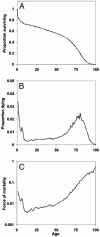
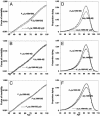
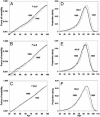
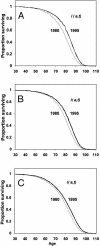

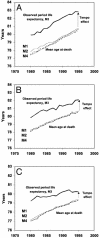
References
-
- Preston, S. H., Heuveline, P. & Guillot, M. (2001) Demography: Measuring and Modeling Population Processes (Blackwell, Malden, MA).
-
- Hajnal, J. (1953) Popul. Studies 7, 111-136.
-
- United Nations (1990) Patterns of First Marriage (United Nations, New York).
-
- Council of Europe (2001) Recent Demographic Developments in Europe 2001 (Council of Europe Publishing, Strasbourg, France).
-
- Bongaarts, J. & Feeney, G. (2002) Popul. Dev. Rev. 28, 13-29.
MeSH terms
LinkOut - more resources
Full Text Sources

